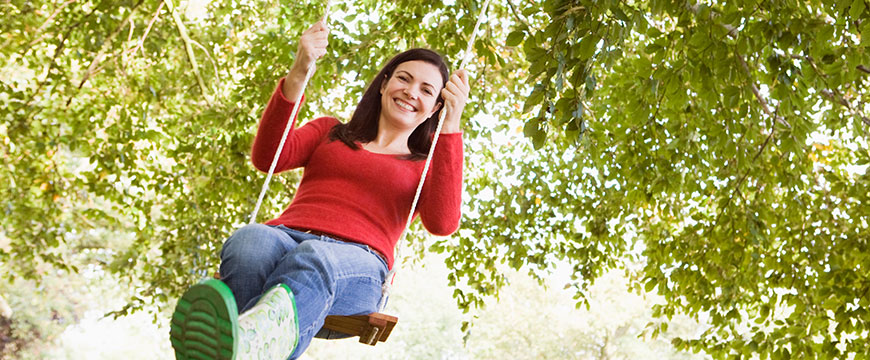
According to an allergist specialist, tree pollen allergies are one of the most popular allergies in spring. Like grass and weed pollen, tree pollens travel on the wind, so the allergies might be due to trees miles away.
Hundreds of trees release pollen that can trigger allergic reactions. These trees include: Cedar, oak, elm, olive, maple, cottonwood, hickory, box elder, walnut, cypress, pecan, mulberry, etc.
What are the symptoms of tree pollen allergies?
When you are exposed to tree pollen, you can show a wide range of symptoms that include:
- Watery eyes
- Watery, runny nose
- Sneezing
- Nasal congestion
- Headaches
- Itchy eyes
- Reduced sense of smell
- Tiredness
- Disrupted sleep
- Irritability
- Earache
Tree pollen allergies and asthma
Exposure to pollen has also been shown to increase the risk of an asthmatic attack. For those who have asthma, the release of histamine when exposed to pollen increases the asthma symptoms.
If you have asthma, always ensure that you have the asthma medication at all times during the high pollen seasons.
Besides taking the asthma medications, ensure that you take hay fever medication, including anti-inflammatory eye drops, nasal steroids, and antihistamines to ease the symptoms.
What can worsen the tree allergy symptoms?
Although tree pollen allergies are dangerous if you suffer from allergies, some factors worsen the allergies. These factors include:
Wind
Wind worsens the allergy symptoms as it picks up the dry pollen and sends it into the air. When it’s cold, damp, or rainy, the pollen counts are usually lower, but the pollen count goes up when it gets windy, which significantly worsens your situation.
Having trigger trees in your yard
Although the wind can carry the tree pollen from miles away, having the trigger trees close to your home can significantly worsen your situation. When you have oak, maple, cypress, and other allergy trigger trees in your yard, you are 10 times more likely to suffer from tree pollen allergies than if you had no trees close to your home.
If you have noticed a trend of suffering from allergies every time you are close to spring, consider replacing the allergy-causing trees with those less likely to cause allergies. These include: pine, dogwood, apple, fir, and cherry.
Certain fruits and vegetables
Studies show that if you are allergic to certain trees, you have a high risk of developing allergic reactions from cross-reactive foods. For example, if you are allergic to birch trees, you can develop some swelling or itchiness in your mouth or around your face when eating carrots, cherries, almonds, kiwi, plums, hazelnuts, coriander, and fennel.
If you have noticed that you develop allergies when eating certain fruits, talk to your allergy doctor and have them test you for tree pollen allergies.
How do you manage tree pollen allergy?
The best way to manage the allergies is to stay away from the triggers. This calls for you to stay away from the triggering trees. Some of the excellent tricks to avoid allergies include:
Staying indoors on dry, windy days
Instead of doing the gardening work on your own, hire someone to do it for you. If you don’t have money to hire someone, avoid gardening during the peak pollen season.
When you are in the house, keep the windows and doors closed at all times. This is to ensure that no pollen gets into the house, even if it’s windy.
If you have tried the preventative measures and still develop the symptoms, find an allergy doctor Germantown MD to give you some medication to ease the symptoms. The doctor will undertake a series of tests and recommend the best prescription for your condition.